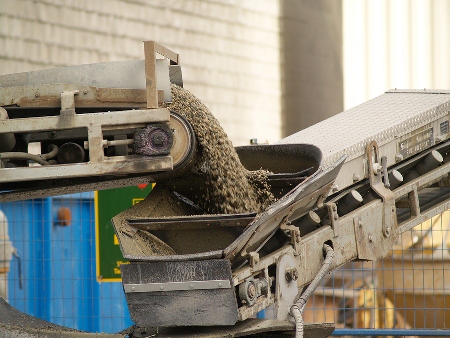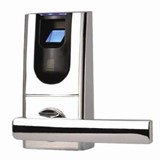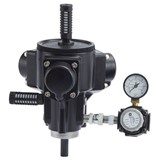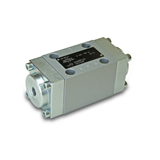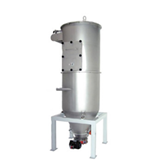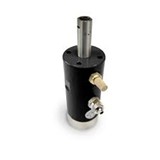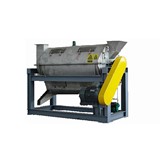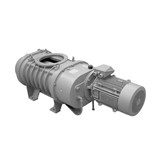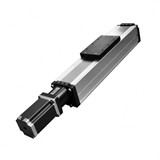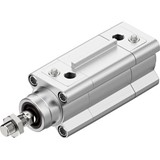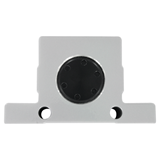But if your business moves large repetitive volumes of materials around and you're currently doing most of it manually, this may end up being the most exciting thing you've read in a long time.
Why? Because with the right conveyor installed on your factory or warehouse floor, your daily productivity will be on the fast track to bigger and better profits. So without any further ado, let's undress a few conveyors and size them up.
Do you like it pneumatic or mechanical?
Chances are you're not sure yet. So let's first give our two conveyor contenders the once over. Pneumatic is Greek for 'breath,' in this instance extremely pressurised breath, which can either be an intake of air or gas as a vacuum, or an exhalation as outward pressure.
Generally pneumatic conveyors operate in a fully enclosed line to stop materials and gas escaping. Mechanical conveyors, as the name suggests, use a drive motor with gear and chain systems to move materials and are usually open to the elements, though they can be closed if necessary.
Which should you use?
Well, that entirely depends on what you're planning to move. If you're moving powders or other bulk, dry and aerated materials such as cement, flour, sand, metal powders, sugar and starch, you want a pneumatic conveyor. If you're moving moist, granular materials of variable consistency such as gravel, wet sand, grains and foodstuffs, your conveyor of choice is mechanical. It's really that simple. Or is it?
The long and short of it
How far will you be conveying? If it's only across a medium-sized room, pneumatic might be fiscally problematic. Basically with pneumatic conveyors you'd have to use the same amount of equipment whether you're moving powder across a room or an entire block; an expensive undertaking or, to put it another way, a long run up for a short jump.
If your distances are short, you're best to go mechanical even if you incur a little material damage and equipment wear along the way, it's simply a more economic and sensible option. Once you get into large distance considerations, pneumatic conveyors come back into play.
The ins and outs
Will your conveyor be operating inside or outside? Are your materials likely to be damaged if exposed to the elements? If so, an enclosed pneumatic system will most likely be the way to go.
Pneumatic conveyors are easier to clean than their mechanical counterparts. And with a routing method often made up of simple pipes, they are more flexible and can twist and turn a meandering course both vertically and horizontally.
Mechanical systems tend to be more rigid in their path options. Ultimately the material you need to move may determine the conveyor you choose. However, if the material lends itself to either system, pneumatic conveyors are generally considered to be a superior, safer, cleaner option.

